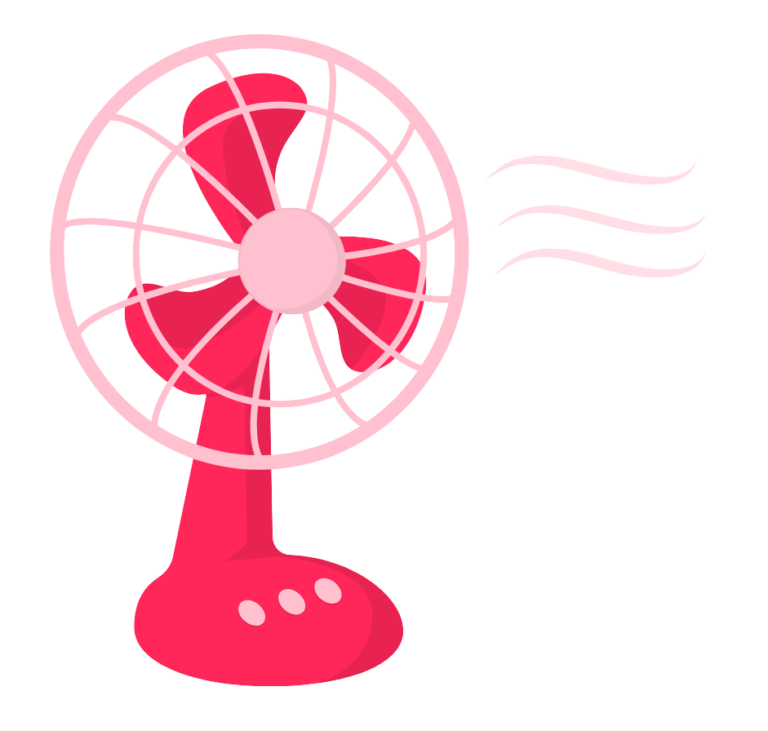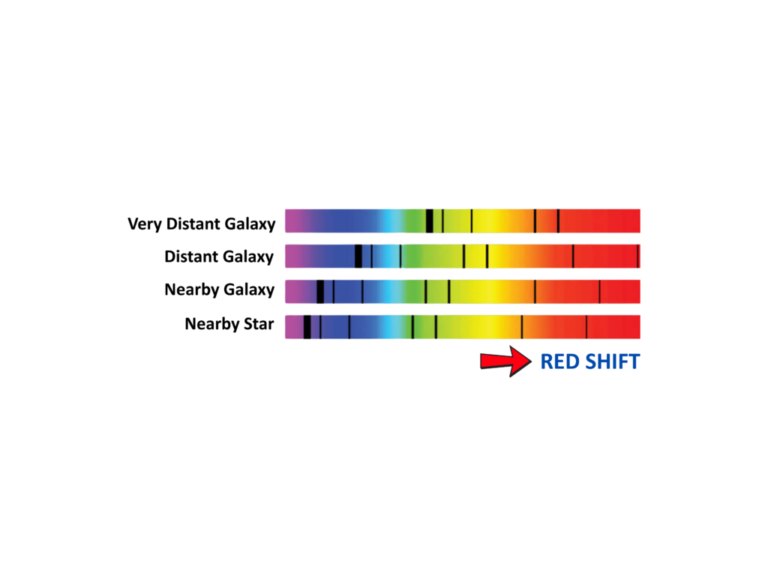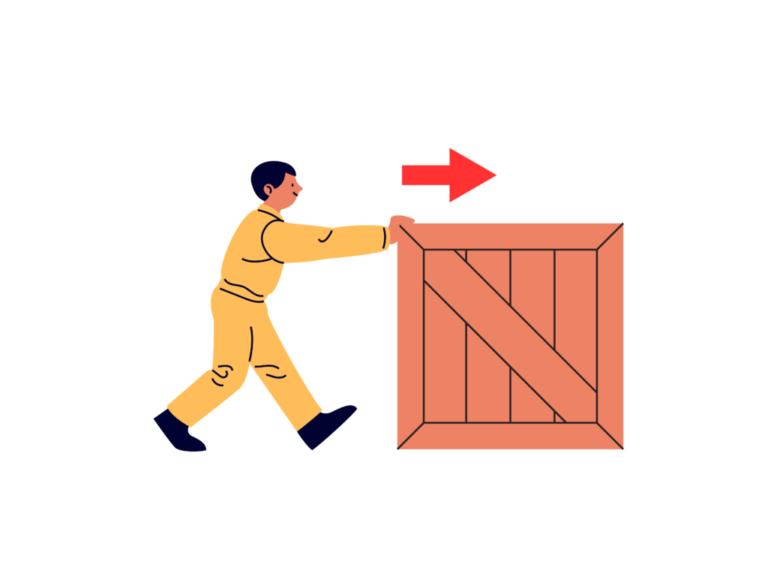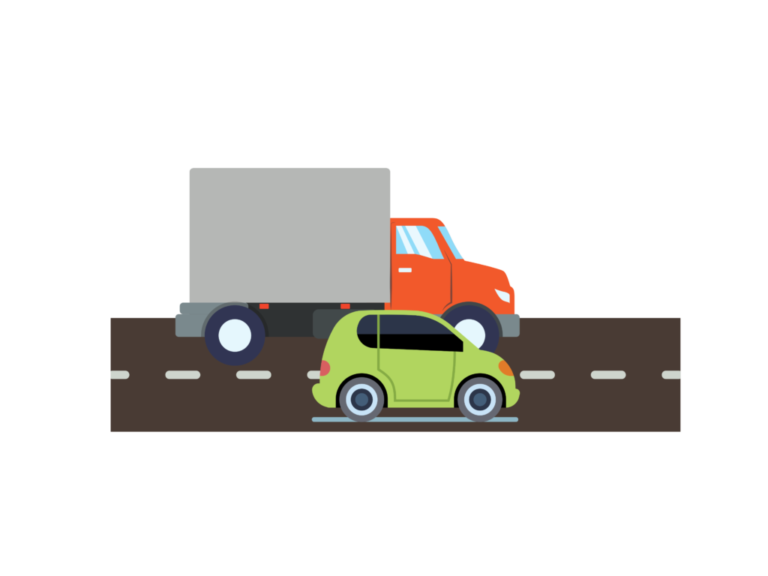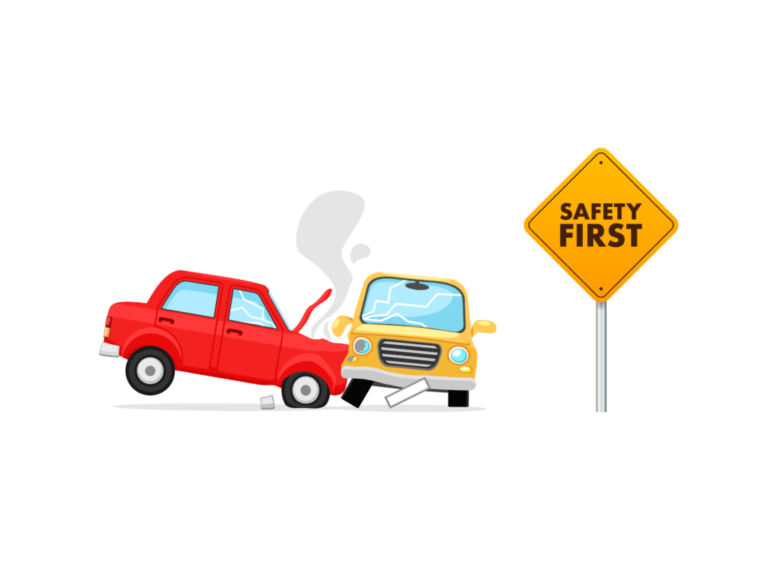Rotational Force: Step-by-Step Examples
Rotational Force – GCSE Physics Practice Questions Downloads Introduction Rotational force is the force that causes an object to rotate around a point or axis (pivot point) instead of moving in a straight line. This force is also called: Moment Torque Rotational force plays a crucial role in daily life and machines because it helps…



